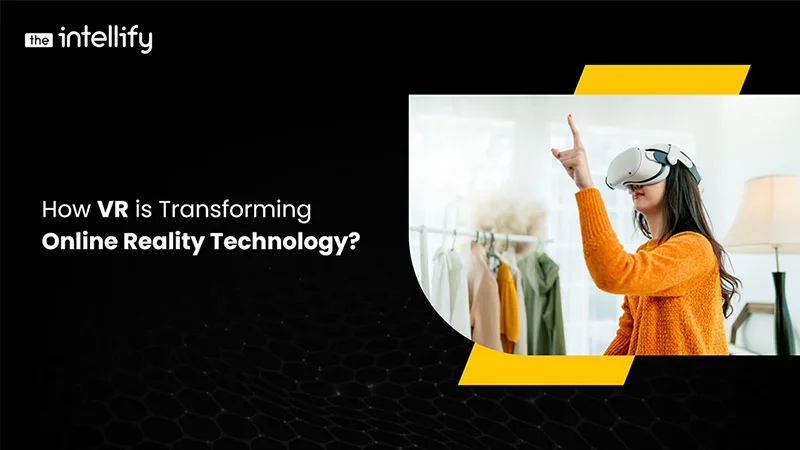Virtual Reality is one of the most transforming technologies of this generation, with the ability to teleport users to a completely different world, providing very engaging and immersive new experiences. While initially popularized in the gaming industry, VR has since then expanded into several other industries such as Healthcare, Education, and Tourism, to name a few.
In recent years, VR has also been successfully making its presence in the world of Online Reality technology, transforming the way we interact with the Online World in every means and medium of our daily life.
- Immersive Online Experiences
One of the most significant benefits of Virtual Reality in Online Reality technology is that it enables users to have Immersive Online experiences. Instead of just reading text or watching videos on a screen, users can now interact with virtual objects, explore virtual environments, and even socialize with other users in a virtual world. This level of immersion makes online experiences feel more real and engaging, leading to increased user satisfaction.
- Enhanced Learning Experiences
VR technology can also enhance online learning experiences by providing a more engaging and interactive environment. Instead of reading about a topic or watching a video, learners can now explore the subject matter in a virtual environment, interacting with objects and simulating real-world scenarios. This can lead to better retention of information, increased engagement, and a deeper understanding of the subject matter.
- Improved online shopping experiences
Online Shopping and eCommerce reach has become popular over the years, with access to users letting them shop and purchase products with all the comfort without leaving their convenience. Arrival of VR has helped buyers/shoppers/users elevate the experience of product interaction and engagement, leading a decisive call on purchases and shopping.
- Virtual Events & Gatherings
The Pandemic wave has brought in a new concept of Virtual Events and Meets, as the physical public gatherings were considered as a hazardous move. While Virtual Events became the thing, VR will make it more engaging and interactive virtually in real time. With VR, users can attend virtual events as their favorite customized Avatars, Interact with other Attendees, and explore Virtual Environments. With VR in the play, Virtual Events and Gatherings will be more engaging and interactive, even if attendees are not physically present.
The Intellify has always delivered the best VR solutions that has helped the Businesses and Brands along with Users to get an immersive interaction and engagement with the Products and Services. VR, a technology as we know, has transformed the experience of the Online World in different ways , from allowing immersive experiences to elevating the learning and shopping experiences. In the near future, we can expect even more unique use cases of Virtual Reality in the Online World.



